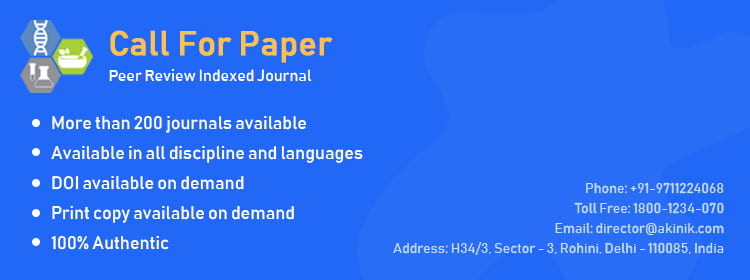- Printed Journal
- Indexed Journal
- Refereed Journal
- Peer Reviewed Journal

Journal of Pharmacognosy and Phytochemistry
Vol. 14, Issue 4 (2025)
Integration of in silico tools with Indian medicinal plants: Bridging traditional knowledge with modern drug discovery
PM Preeth and Misba M
The integration of traditional medicinal practices with modern computational techniques has opened new avenues for drug discovery, particularly in the context of Indian medicinal plants. This study aims to explore the application of in silico tools in identifying and evaluating bioactive compounds derived from these plants, which have been utilized in Ayurveda and other traditional systems for centuries. The methodology encompasses various computational approaches, including molecular docking, ADMET (absorption, distribution, metabolism, excretion, and toxicity) predictions, and virtual screening, to assess the therapeutic potential of phytochemicals.
The results indicate that in silico methods significantly enhance the efficiency of phytochemical screening, allowing for rapid identification of lead compounds. Case studies involving plants such as Ashwagandha, Turmeric, and Tulsi demonstrate the effectiveness of these tools in validating traditional uses and uncovering new therapeutic applications. For instance, Withaferin A from Ashwagandha shows promising interactions with cancer-related targets, while Curcumin from Turmeric exhibits anti-inflammatory properties through its interaction with COX-2.
Despite the advantages, challenges such as the complexity of phytochemical profiles, limitations in existing databases, and the need for experimental validation persist. The study concludes that while in silico approaches are not without limitations, they provide a rational framework for the initial screening of bioactive compounds. Future prospects include the incorporation of AI and machine learning to enhance predictive accuracy and the establishment of comprehensive databases linking phytochemicals to their traditional uses. This interdisciplinary approach can lead to the development of effective, evidence-based herbal therapeutics, bridging the gap between ancient wisdom and modern science.
Pages: 380-382 | 437 Views 183 Downloads









